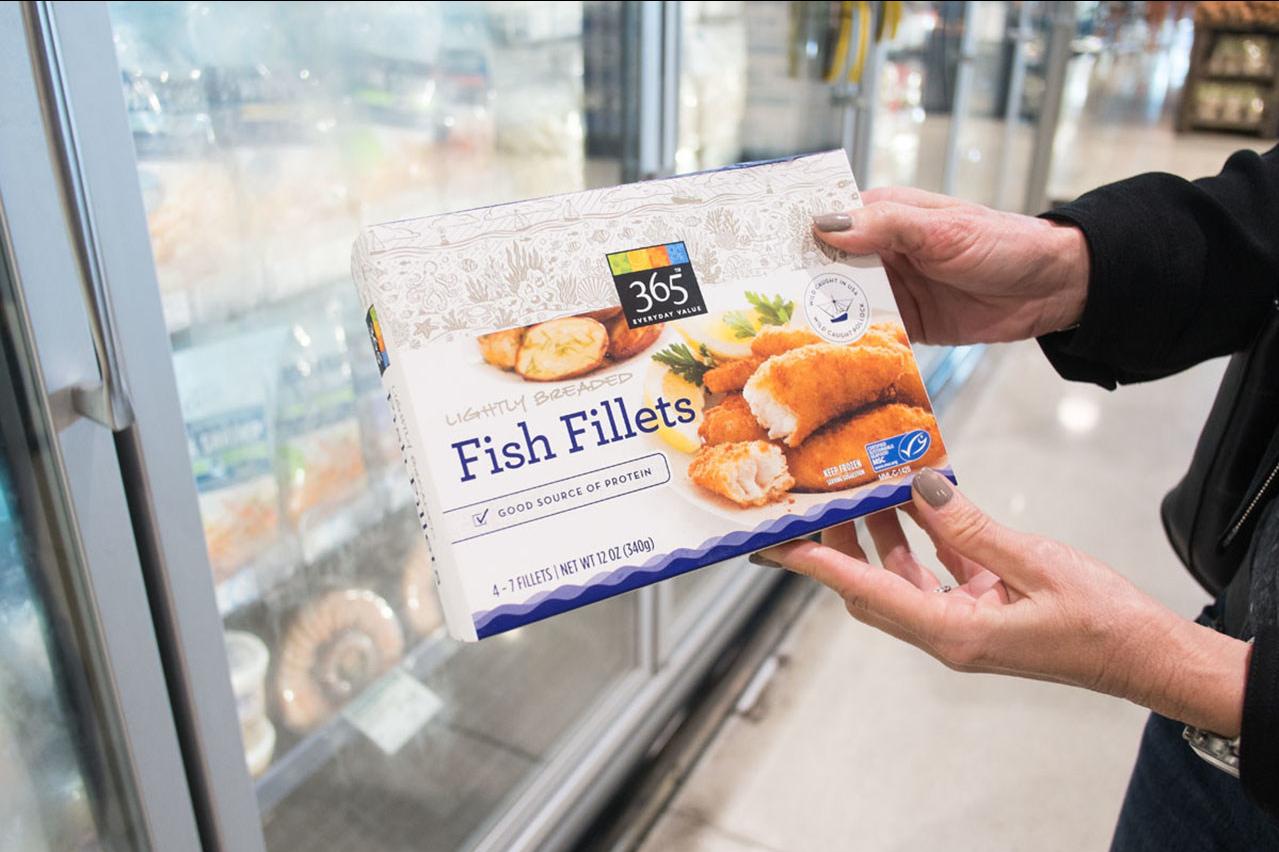Shopping
Third-Party Verification Labels Can Guide Sustainable Shopping, If Consumers Know About Them

A growing segment of consumers are looking to purchase more sustainable products, but many aren’t sure how to determine which products are sustainable. It’s hard to blame them, as the ever-increasing volume of sustainability claims creates confusion and makes it harder to differentiate verifiable product attributes from marketing fluff.
Third-party verification labels can help point consumers in the right direction, but only if people know what these labels mean and why they should look for them on the products they buy. Product certifiers, brands and retailers all have a role to play in building awareness of green labels so they have a greater impact on consumer purchasing.
More consumers want to shop sustainably: Green labels can help
More than half of U.S. consumers say social and environmental considerations have more influence on their purchases today than they did a year ago, TriplePundit found in the $44 Billion Sustainability Opportunity report, published this spring in partnership with our parent company 3BL, the research technology platform Glow and panel partner Cint.
Of the consumers who don’t factor in social and environmental considerations significantly when they shop, a quarter said it’s because they “don’t know enough about the sustainability credentials of brands.” Another 18 percent don’t see “any significant difference” in sustainability performance across brands, while around a fifth said they don’t trust brand sustainability claims.
If consumers recognize them and perceive them to be valid, third-party verified green labels can help to address all of these concerns and unlock more consumer spending based on sustainability. Already, sustainability-driven brand switching added up to more than $44 billion across 12 industries in the U.S. alone last year, according to our research.
“People are increasingly conscious of their purchasing habits and want to make sure they are shopping for products that match their values,” said Nicole Condon, U.S. director at the Marine Stewardship Council, a nonprofit certifier of sustainable seafood. “We’re seeing that consumers are growing more aware of how their purchasing habits impact the environment, and, when given the information to make a more sustainable choice, they’re doing just that.”
Labels, labels everywhere
Take a walk through any store, and you’ll find no shortage of sustainability claims on product packaging. Some claim the product is “green” or “eco-friendly,” while others tout attributes like “natural,” “low-waste” or “low-carbon.”
But it’s important to distinguish between marketing claims and those that are verifiable and substantiated by third parties. Claims like “green” and “natural” are not regulated by the government in most countries, meaning any brand could slap these labels on any product without consequence. “Consumers are bombarded by product sustainability claims,” Condon said. “This makes it increasingly difficult to identify which labels are credible.”
Some products bearing these claims may indeed be healthier or come with a lighter impact on people and the environment, but it’s impossible for consumers to differentiate a product that’s truly more sustainable from another that’s sleekly marketed based on these labels alone. While countries including those in the European Union moved to ban claims like these without evidence, those regulations don’t come into force until 2026 or later.
In the meantime, third-party verification labels can help point consumers toward products with specific attributes that reduce their impact on people and the planet.
The Marine Stewardship Council, for example, uses a set of standards to verify that wild fisheries do not impact marine ecosystems and that seafood supply chains are free of human rights issues like forced labor. Other third-party verified labels include Fairtrade certification for supply chain worker rights, Energy Star certification for energy efficiency, and Bluesign certification for sustainable clothing and textiles, among many others used around the world.
Raising awareness of third-party verification labels
While they aren’t regulated either, third-party verification labels indicate a product has met a set of standards for sustainability and social responsibility based on auditing from the certifier.
Sustainability advocates sometimes question whether various third-party certifiers go far enough. But importantly, the standards they use are publicly available, giving consumers information and the power to decide for themselves. Still, that doesn’t mean much if consumers don’t recognize third-party green labels or know what they mean.
Every year, the Marine Stewardship Council teams up with Fairtrade America and the Non-GMO Project for the Little Labels, Big Impact campaign to raise awareness of third-party verified green labels and why they are important.
“The Little Labels, Big Impact campaign educates shoppers about the rigor behind third-party verification around product claims,” Condon said. “These ‘little labels’ help shoppers avoid greenwashing — also known as deceptive marketing claims that make products seem sustainable — highlighting more sustainable products that support producers and preserve nature’s integrity.”
The campaign looks to inform consumers about what brands must do in order to use the MSC blue label for sustainable seafood, the Fairtrade America label for worker compensation and rights, and the Non-GMO Project Butterfly seal for avoidance of genetically modified organisms.
“Transparency lies at the heart of this initiative,” Condon said. “Participating organizations uphold transparency by openly sharing their standards, data and financial information on their websites. Furthermore, they actively ask for input from stakeholders to create accountability.”
Beyond messaging on social media, the campaign looks to engage retailers and brands to educate their customers about why green labels are important through email and social media marketing, as well as messaging on-pack and in-store. The campaign reached more than 2.6 million people in the U.S. last year, according to the Marine Stewardship Council.
When consumers are aware of green labels, research indicates they’re more likely to seek them out while shopping. Nearly 70 percent of U.S. consumers who recognize the Fairtrade label prefer to shop at retailers that carry certified products, according to 2023 polling conducted by GlobeScan on behalf of Fairtrade America. Similar research from GlobeScan and the Marine Stewardship Council indicates that 65 percent of U.S. consumers are looking for third-party verified labels from brands and at retailers.
While the Little Labels, Big Impact campaign offers an example to follow, of course it’s just the start when it comes to helping consumers tell fact from fiction while shopping for sustainable products. Retailers like Aldi and Whole Foods Market and brands ranging from outdoor gear label REI to ice cream favorite Ben & Jerry’s message regularly about the green labels their products carry and what they mean for consumers, supply chain workers and the environment.
Meanwhile groups like the Marine Stewardship Council look to shake up their messaging throughout the year to reach new audiences with this information. “We’re excited to work with some of our commercial partners on an Earth Month themed campaign in April and use World Ocean Day in June to raise awareness about the important role sustainable fishing plays in a healthy ocean,” Condon said as an example. “We’ll continue supporting certified fisheries and work with fisheries interested in getting certified, as well as support our commercial partners along the supply chain.”









